
Certain games become incredibly influential, inspiring many developers to create similar titles. This happens because their gameplay is easy to understand and replicate, and their popularity makes them appealing to copy. From classic arcade games to modern mobile apps and independent titles, these games have launched waves of very similar releases. Some have even created whole new types of games, while others caused brief booms of copycat products. Here’s a look at the games that attracted the most imitators and why they were so widely copied.
Tetris
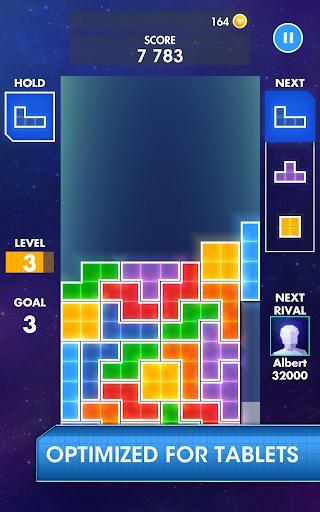
The simple gameplay of falling blocks and clearing lines made the game instantly recognizable, no matter what device you played it on. It started on computers and handheld consoles, then quickly spread to early mobile phones and home computers. Because the game was so basic, it was easy to change the look with different pictures and backgrounds. Throughout the 80s, 90s, and the beginning of the mobile phone era, both official and unofficial versions of the game were widely available.
Flappy Bird
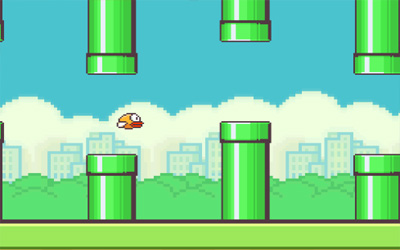
Simple controls and quick restarts made the game easy for anyone to pick up and play, relying on basic physics. It quickly became a hit on smartphones, leading to a flood of similar games featuring birds and pipes appearing almost immediately. Many of these copies used the same graphics and sounds, or simply changed the main character while keeping the gameplay identical. For a short time, app stores were filled with these copies until stricter rules were put in place to control them.
Minecraft
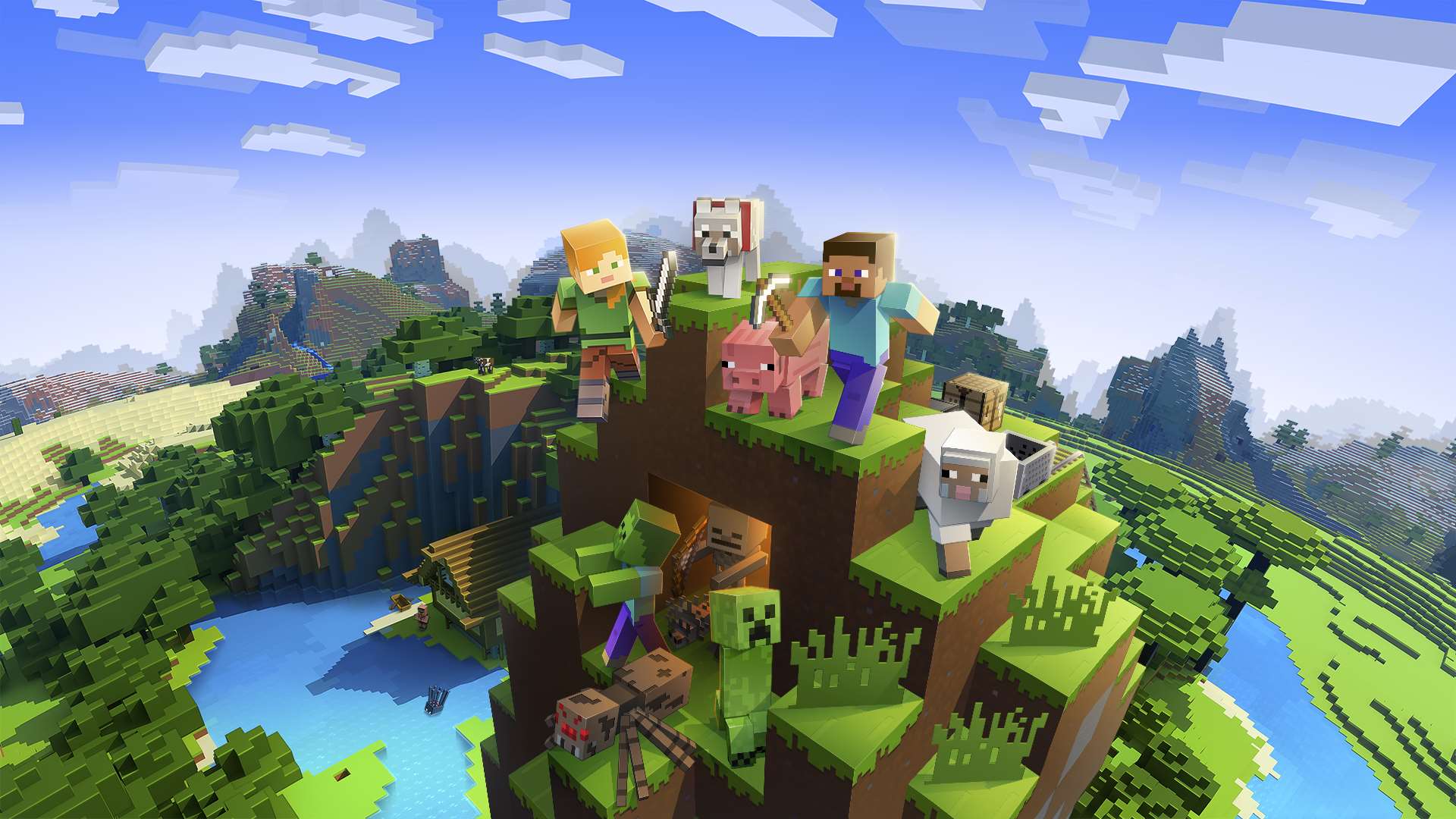
The popularity of games featuring building, crafting, and survival led many developers to create similar titles across all platforms. Mobile games quickly emerged with comparable digging and construction mechanics, often resembling the original’s style. Attempts to replicate the community-driven success of multiplayer servers and modding were common in these copycat games. We also saw a surge of educational and open-ended versions designed for schools and tablets.
PlayerUnknown’s Battlegrounds

The core ideas of having a last-player-standing format and a constantly shrinking play area became the standard for battle royale games. Other games quickly copied these features, including large maps, finding weapons and supplies, and starting matches by jumping from a plane. This concept was also simplified for mobile games, leading to many similar titles with comparable lobbies and character customizations. Many of these games also adopted the use of seasonal content and reward crates.
Among Us
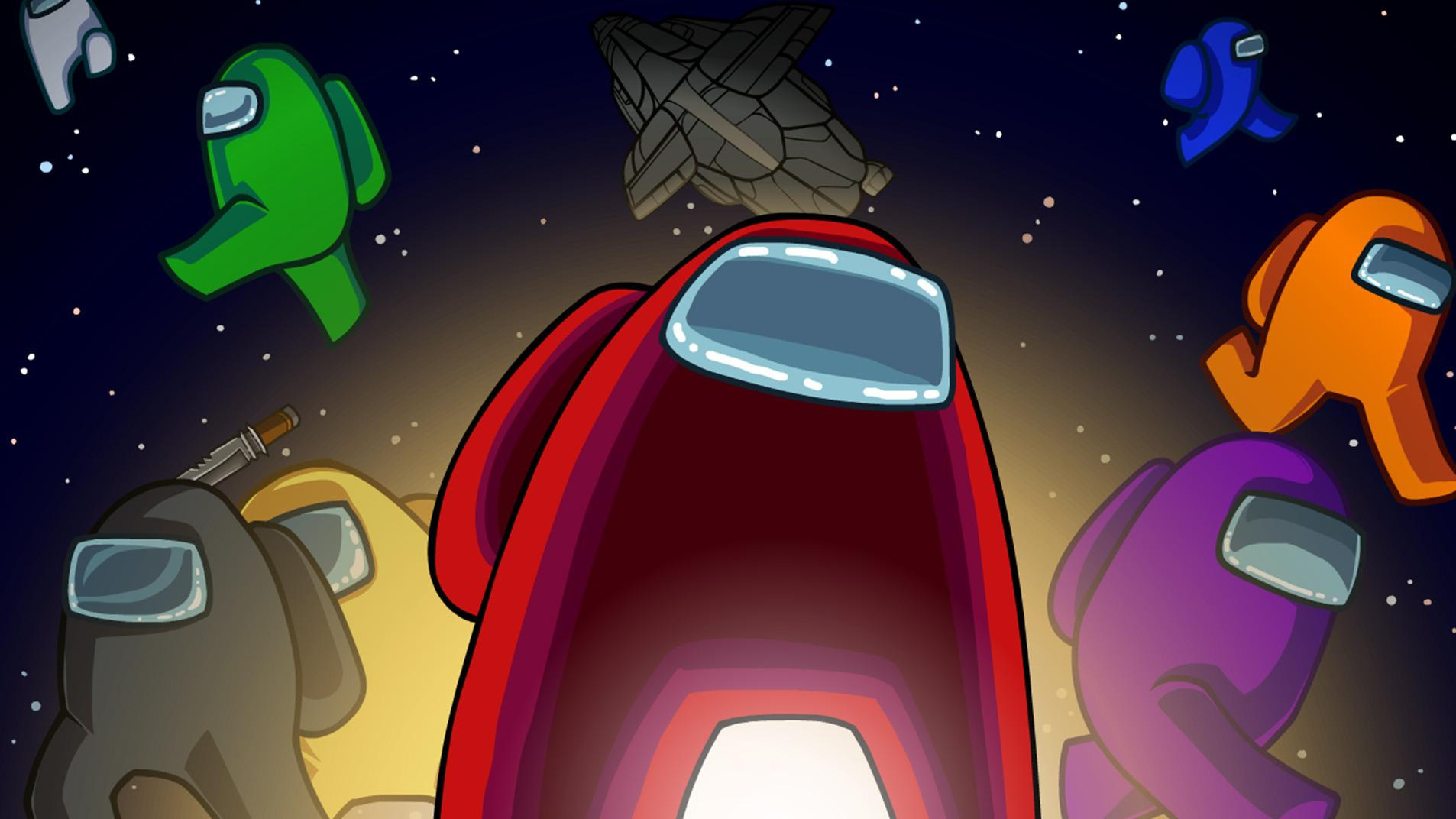
It was surprisingly simple to recreate the core gameplay of social deduction – quick challenges, urgent discussions – using basic online spaces and chat features. As more people watched the game online, numerous mobile and web-based versions appeared, copying the key elements like tasks, hidden passages, and the voting system. Developers kept things manageable by reusing existing maps and character designs to release new versions quickly. They also adopted features like cross-platform play and adjustable game settings to appeal to groups of friends.
2048

A simple puzzle game involving sliding numbered tiles on a 4×4 grid was easy to create – it could be done in a weekend – which led to many similar games appearing. The original game built on existing ideas and quickly inspired variations with bigger grids and different ways to combine tiles. While these copies often changed the look and feel of the tiles, they almost always used the same basic swiping mechanics. Online game sites and app stores became flooded with versions that used essentially the same underlying logic.
Doodle Jump
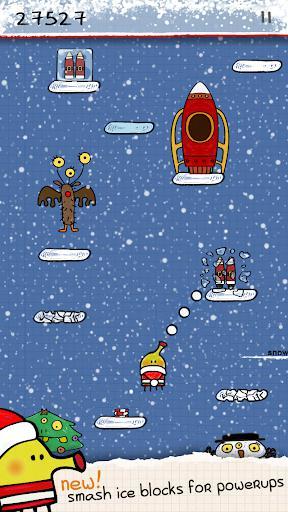
A simple jumping game, where players bounced between platforms while avoiding obstacles, became a popular model for mobile games. Many similar games copied its basic features – like tilting to move, springy platforms, and enemies – but changed the visual style. This type of game worked well on older smartphones that didn’t have much processing power. Regular updates with new themes and characters kept these games popular for a long time.
Bejeweled
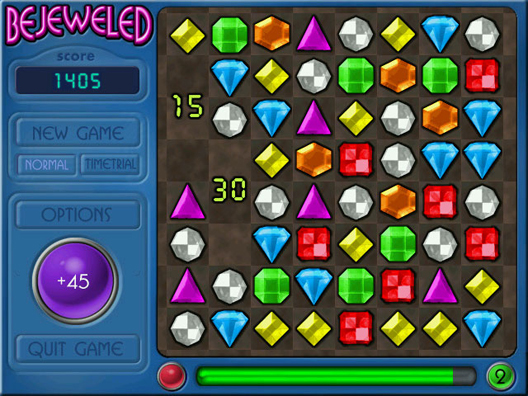
The ‘match-three’ puzzle game, popularized by titles with cascading tiles and clear objectives, became incredibly successful at generating revenue. Subsequent games built upon this core gameplay, adding features like power-ups and move restrictions. Many copied the same basic elements – special shaped pieces and obstacles on the board – and this format ultimately became the foundation for a huge number of puzzle apps with different themes.
Pac-Man
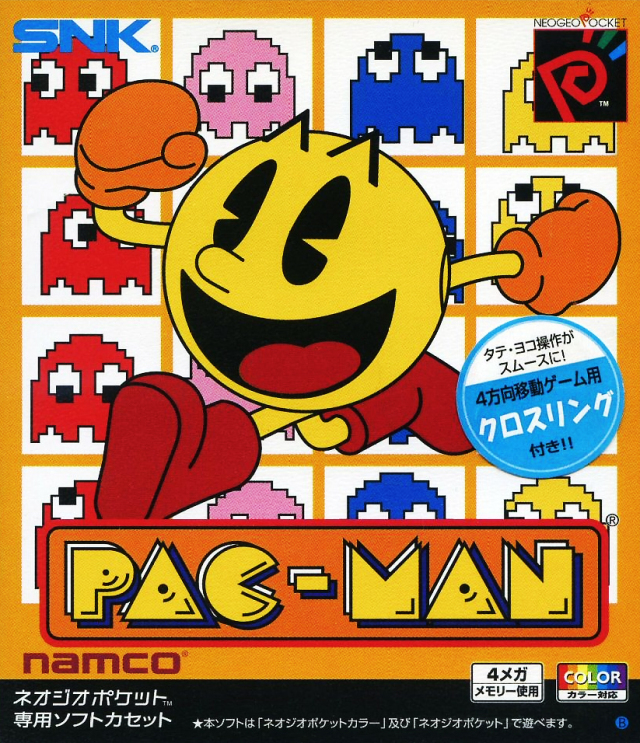
The simple gameplay of navigating a maze, collecting items, and avoiding patterned enemies was easily adapted for early home computers and consoles. Many unofficial versions appeared, often with different graphics but the same core looping gameplay. Features like power-ups and strategic corner movements became common in numerous maze games. Both officially licensed and unauthorized copies were popular in arcades during that time.
Space Invaders
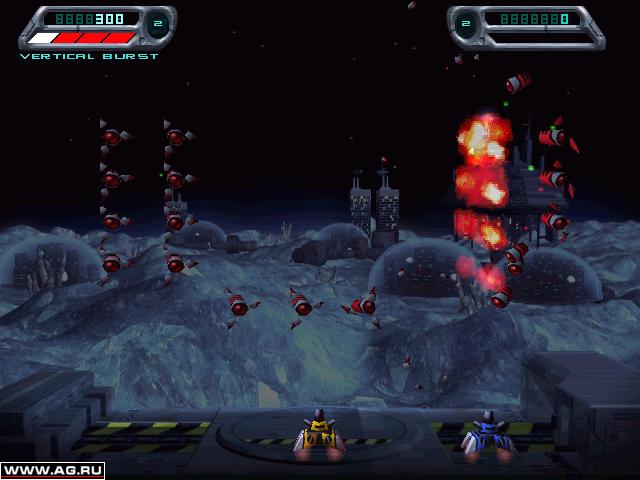
Early arcade games featuring fixed shooters where enemies descended from the top were quickly copied by many manufacturers. These copies often included similar elements like lines of attackers, protective shields, and the relentless advance of the enemy. When these games moved to home consoles, numerous versions appeared with slight alterations to graphics and speed. This basic design also inspired many sequels and variations that maintained the same core gameplay but with different visual themes.
Doom
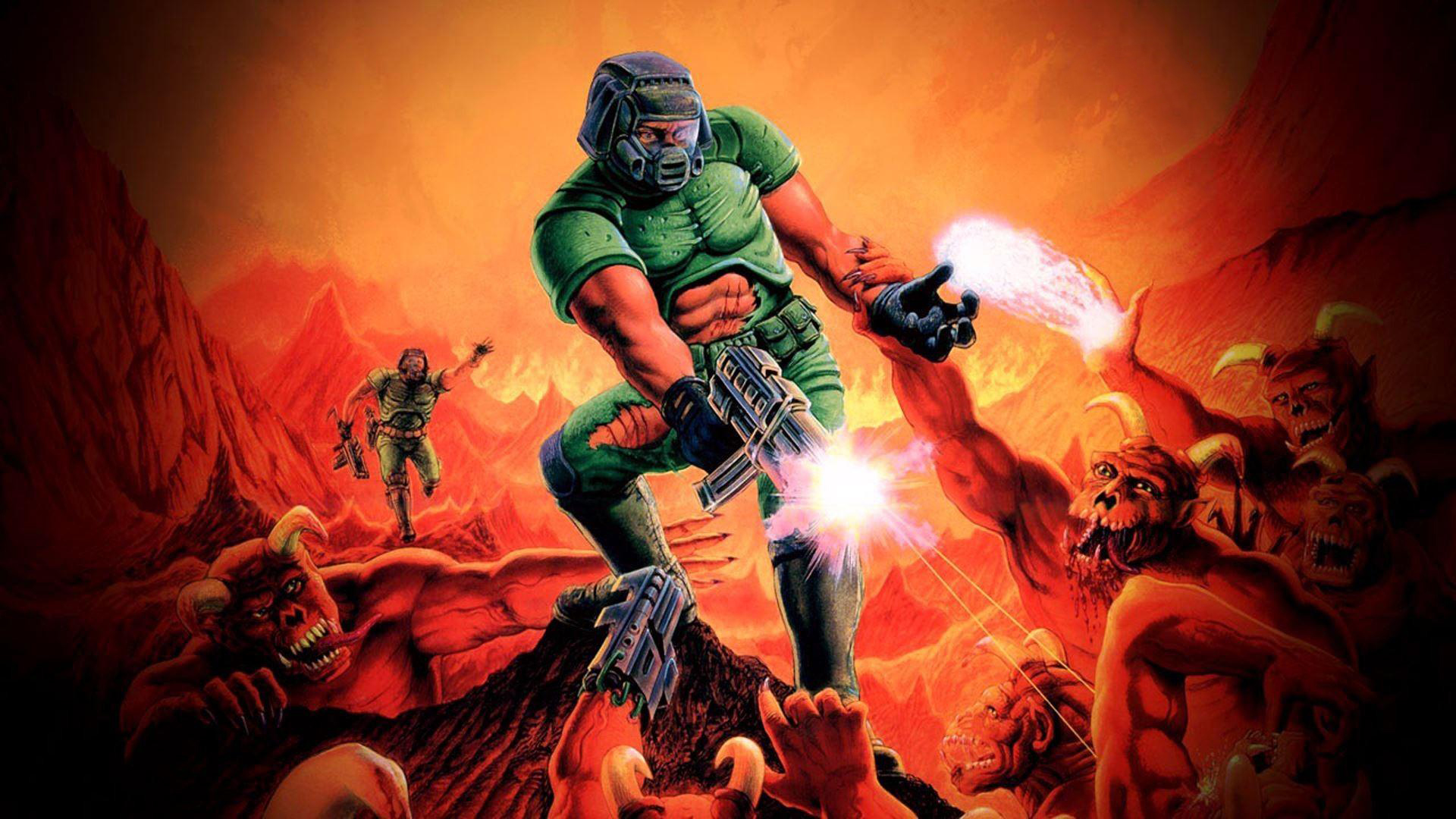
As a huge fan of those early shooters, it’s amazing to think about how quickly things exploded in the early 90s! Everything started with fast-paced action and games that were easy to modify. Developers immediately started copying what worked – those cool texture-mapped hallways, needing keycards to open doors, and hiding monsters in closets – it was genius! Because of shareware, a ton of small studios could get their games out there, releasing episode after episode. For a while, everything was just called a ‘Doom clone,’ but eventually, we got a proper genre name for all these fantastic games.
Super Mario Bros.
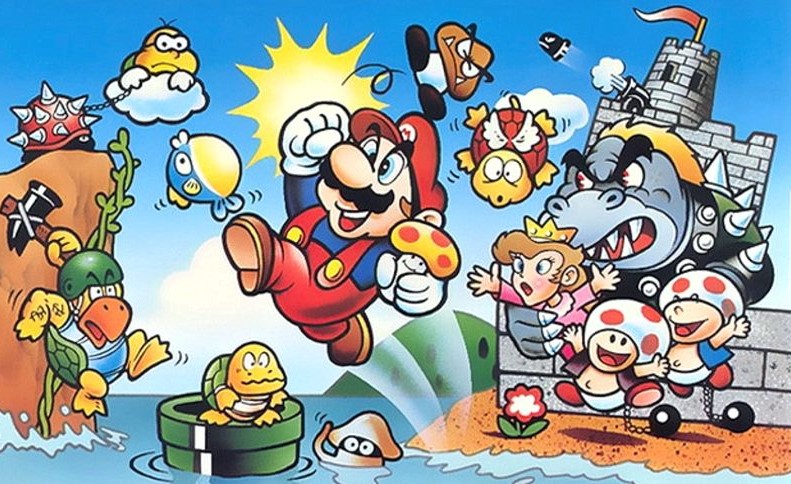
The classic side-scrolling platformer established many gaming conventions. Its focus on skillful jumping, collectible power-ups, and carefully designed levels influenced countless games that followed. Features like world maps with distinct themed areas, the tradition of finishing levels by reaching a flagpole, hidden blocks, and even how characters moved and enemies behaved, all became common elements in game design.
Angry Birds
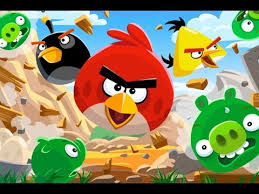
The game’s core mechanic – launching objects with a touch-based slingshot – was easy to understand and worked well on any phone. Many similar games followed, copying features like breakable buildings, pig-shaped targets, and the star-rating system for completing levels. To keep players engaged, new content was regularly added through seasonal updates and themed packs. Plus, the game’s simple visual style made it easy for smaller development teams to create similar-looking games.
Temple Run
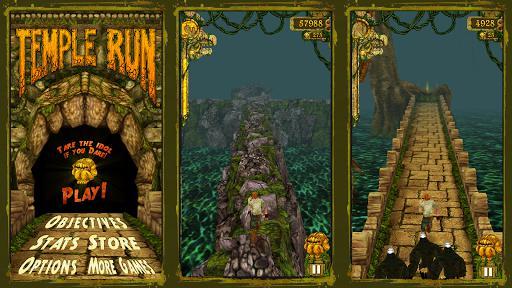
The game used simple swipe and tilt controls for an endless runner where players navigated lanes. This created a gameplay style that was easy to pick up and play repeatedly. Other games quickly copied this format, featuring similar challenges with obstacles and coins, as well as character improvements. The game’s levels were built using randomly generated sections, which helped keep development fast and focused. Later, the game was adapted with different themes and characters through branded partnerships, while still using the same core gameplay.
Wordle
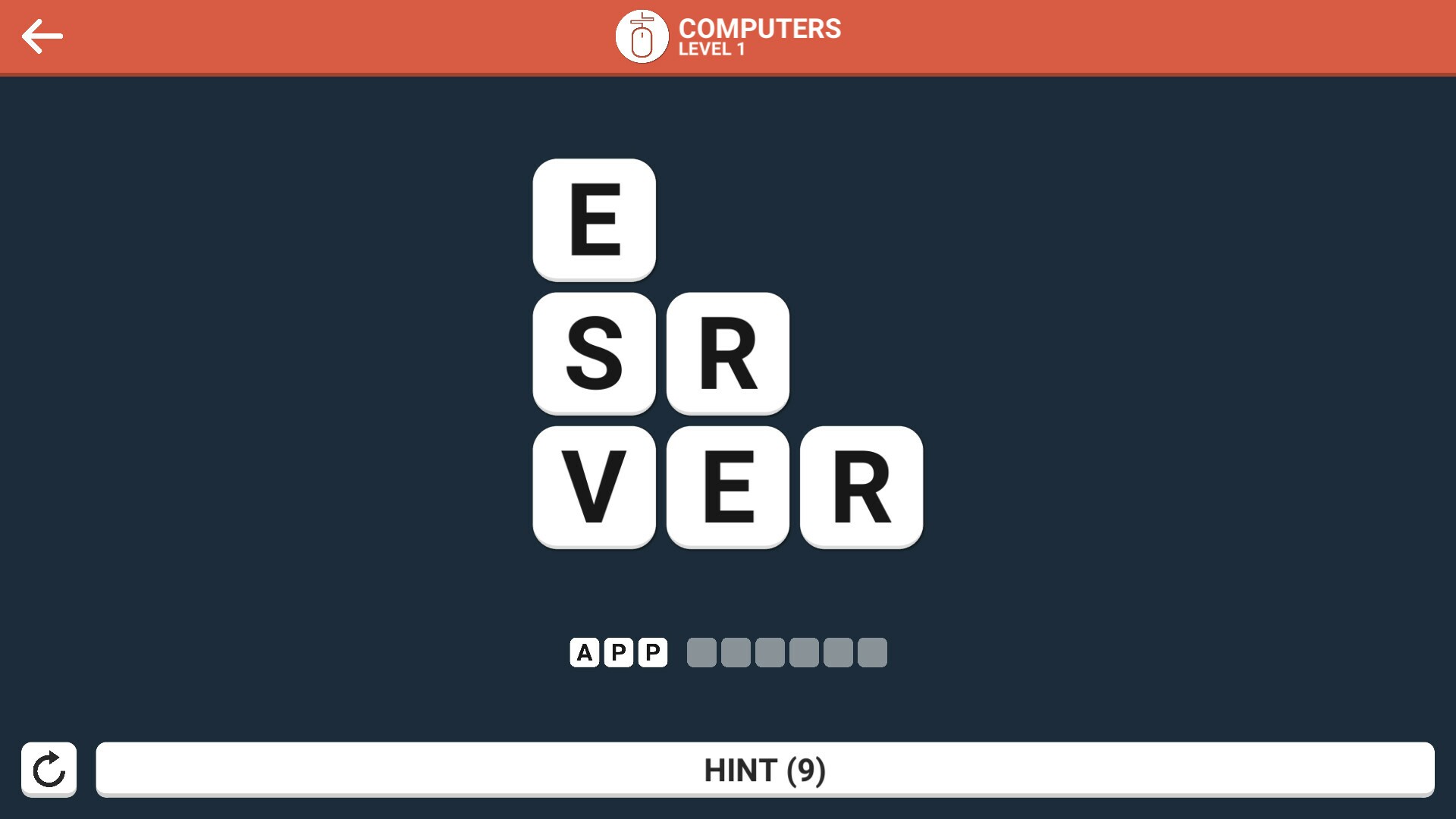
The popularity of a daily word puzzle, where players shared their guesses on a common grid, led to many similar games appearing. These copies all featured the same core elements: a five-letter word to guess, color-coded feedback on each attempt, and a new puzzle released daily. To keep players hooked, many added endless play modes alongside the original format. Soon, app stores were flooded with nearly identical games after the original became popular online.
Vampire Survivors
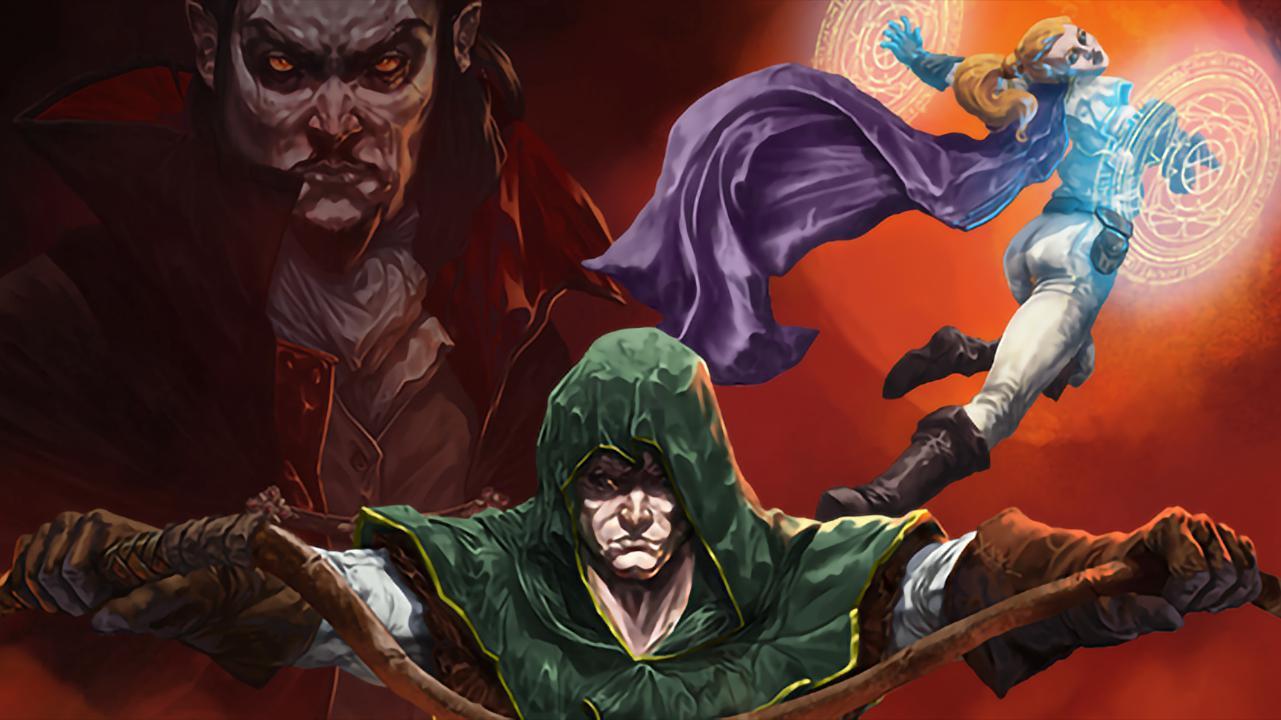
Games inspired by the ‘survivor-like’ genre, where you fight off waves of enemies using automatic attacks and constantly improve your abilities, became popular. These games often featured stages with time limits, weapons that evolved over time, and character builds focused on combining different abilities. The simple pixel art style and low system requirements allowed small development teams to create and release games quickly. Features like long-term progression and unlocking permanent upgrades were also added to encourage players to keep playing.
Auto Chess
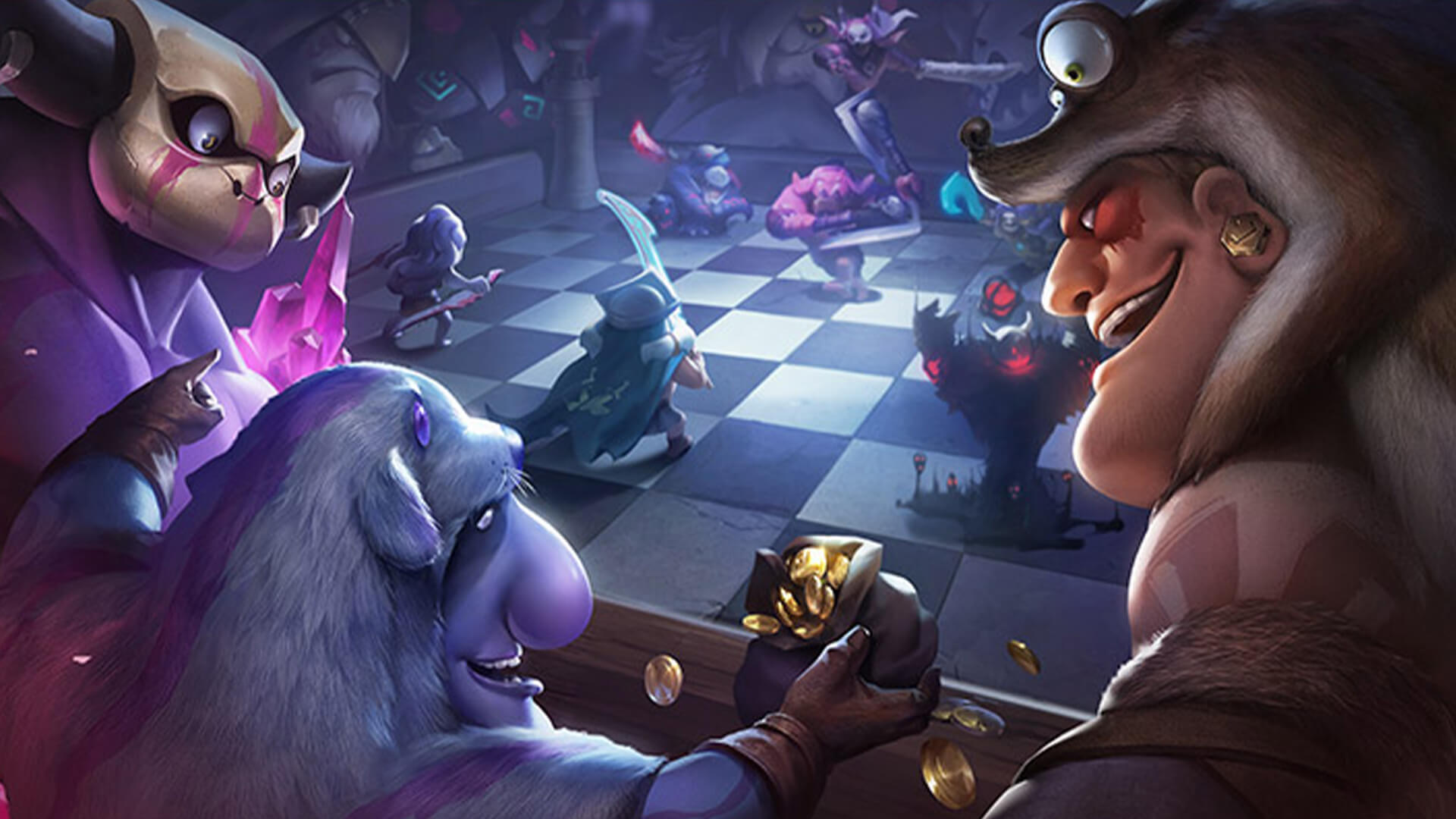
Honestly, auto battlers really hit their stride when they figured out the whole grid-based unit placement thing and just let the battles happen automatically. Then everyone started copying the best parts – things like figuring out what items worked well together, how different characters boosted each other, and how the in-game economy should work each round. Pretty soon, every game had shared lobbies, ways to earn extra cash, and a random shop to buy units from. And of course, they all added seasonal characters and ranked modes to keep things interesting. It became a pretty standard formula!
Clash of Clans
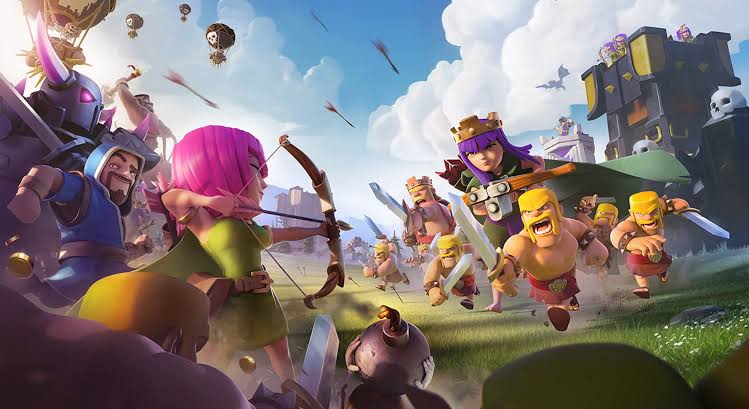
The popularity of base building games with features like shields, troop training, and timers led to a wave of very similar mobile games. Many of these copies shared the same basic design, including how they collected resources and organized clan wars. They also used almost identical timers and pricing for in-game purchases. Features like sharing troops with clan members and finding opponents for raids were widely copied as a way to build player communities.
Grand Theft Auto III

The design of early open-world city games, featuring central mission areas and a driving experience enhanced by radio broadcasts, became highly influential. Many subsequent games copied key elements like on-screen waypoint guidance, police chase systems, and optional side quests. Features like radio-style music and mini-maps quickly became standard. The way missions were structured – offering choices and a range of vehicles to use – was also widely adopted by other developers.
The Legend of Zelda Breath of the Wild
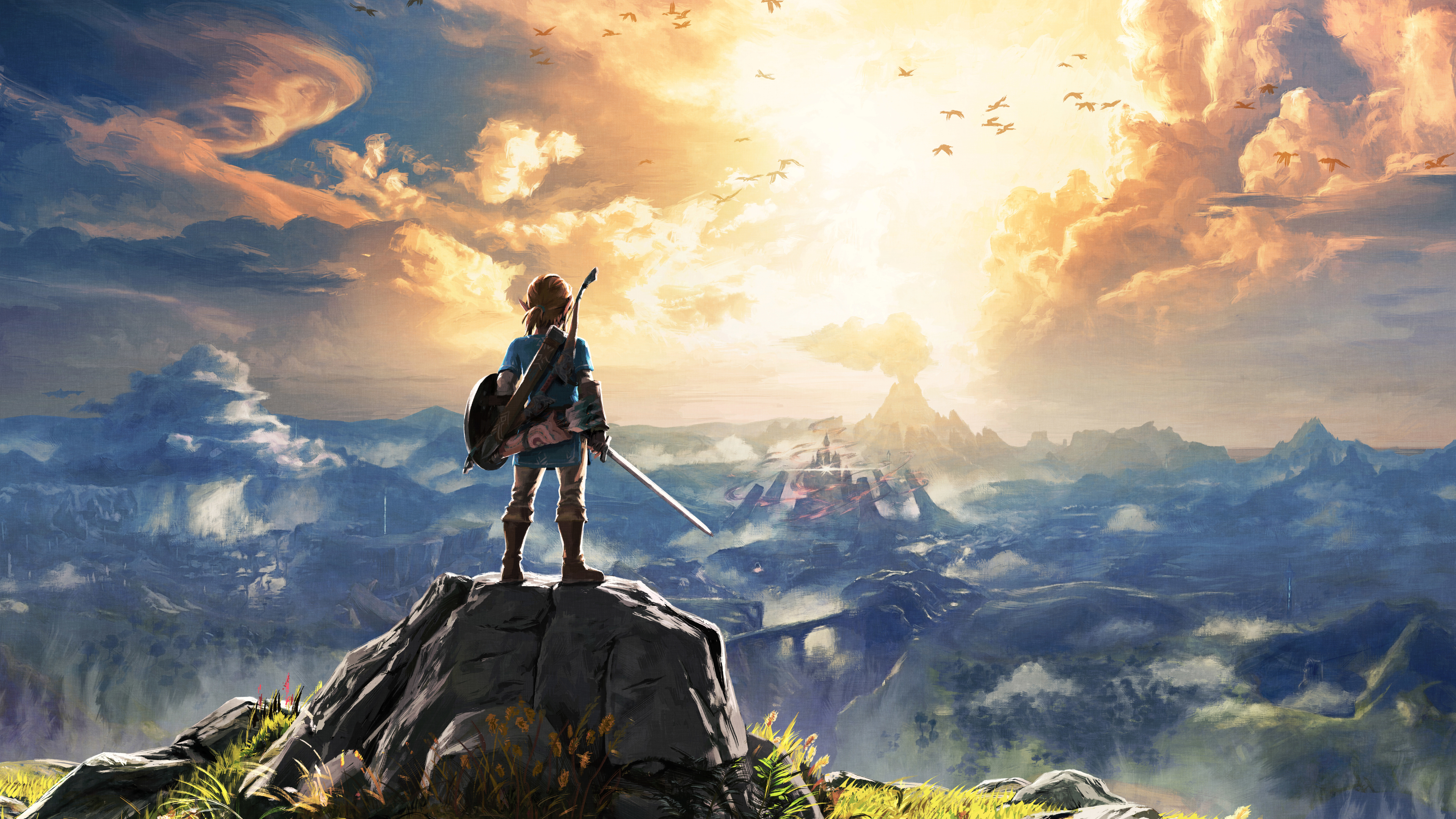
A new type of adventure game emerged, focusing on free exploration and realistic physics. Games started using features like stamina for climbing, paragliding for travel, and small, puzzle-filled areas similar to shrines. Players were encouraged to find creative solutions to problems, often using different elements together. Later games also included cooking and systems where players had to manage their survival in the environment.
Tell us which game you think has been copied the most, and let us know in the comments if you’ve played any of those copycat games that you actually liked!
Read More
- Silver Rate Forecast
- Gold Rate Forecast
- Красный Октябрь акции прогноз. Цена KROT
- Navitas: A Director’s Exit and the Market’s Musing
- Unlocking Text Data with Interpretable Embeddings
- 2026 Stock Market Predictions: What’s Next?
- VOOG vs. MGK: Dividend Prospects in Growth Titans’ Shadows
- Ethereum’s Fate: Whales, ETFs, and the $3,600 Gambit 🚀💰
- XRP’s Wrapped Adventure: Solana, Ethereum, and a Dash of Drama!
- Itaú’s 3% Bitcoin Gambit: Risk or Reward?
2025-11-04 14:47